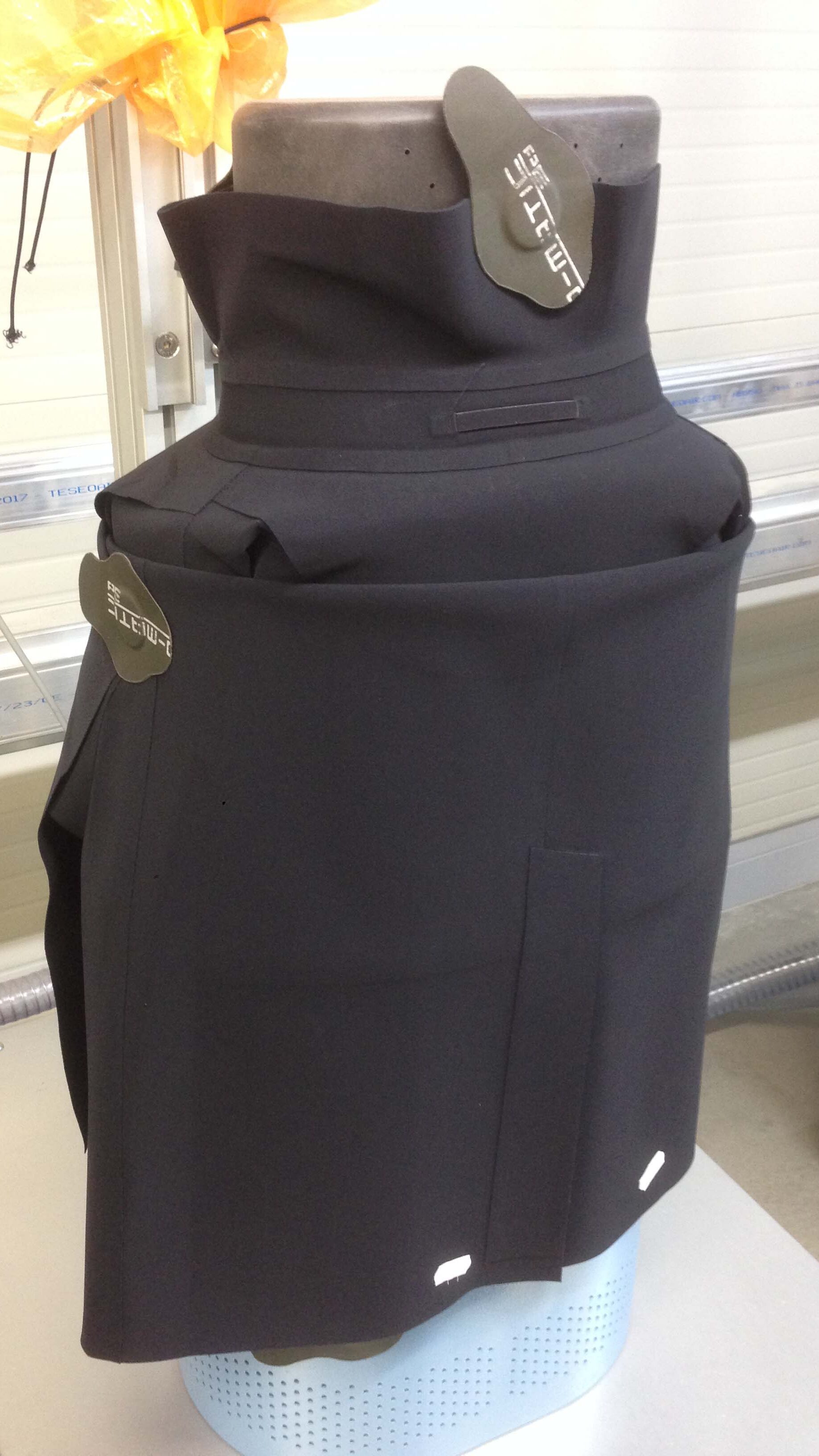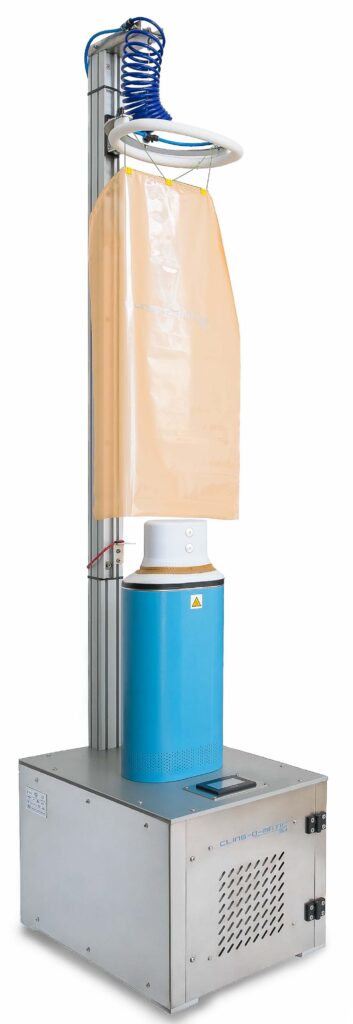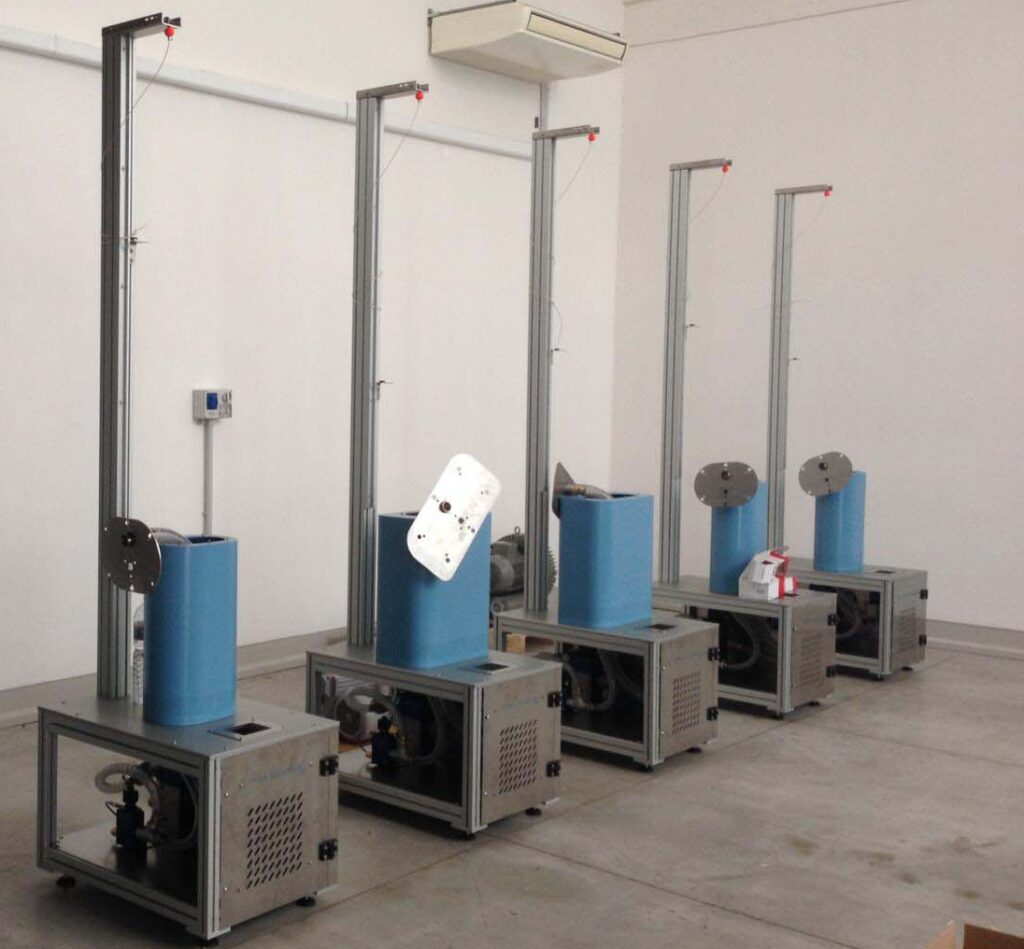It is especially interesting whenever one or more events generate new solutions from a given situation. It was the case with Lorenzino Piazzi and its Cling-O-Matic® startup: he is the inventor and owner of the patent on 3D cloth assembly.
«The lockdown – explains Piazzi – emphasized how difficult can be to take care of people, when you cannot reach the local ambulatory or your practitioner, nor go to a hospital to undergo clinical trials or receive health care. There is a strong need of telecare services in order to accelerate a process under way. Thanks to digital technology, we can monitor vital parameters and, sometimes, even deliver drugs or other products. In this framework, sensors built in clothing are fundamental. Hence, I considered that my technology, through which you can join cloths in a seamless assembly, could find an application to integrate microchips into garments and into dedicated apparel as well to remotely monitor patients, disabled, elderly people and all those who cannot reach healthcare facilities».
Cling-O-Matic® in detail

Initially, the Cling-O-Matic® technology was conceived for the Clothing Industry, where Piazzi has been working for several years as a project manager for various fashion labels. Then, in 2014, he decided to start his own business as an R&D company working on innovative technology to obtain a seamless assembly device, better than the existing machines.
«Thanks to a proprietary software we developed – adds Piazzi – we convert 2D patterns into 3D shapes. By doing this, we actually build the ideal shape of a 3D support to be embedded in the assembly machine. Within one week the customer receives a support that can best place strips and edges on the machine before starting the assembly process; the heating phase is concentrated on the glue and, above all, the process generates vacuum so as to apply a homogeneous pressure on the surface with a perfect coupling and without a fibre spring-back».

The procedure obtains a much stronger assembly thanks to a localized management of temperature, while vacuum – e.g. pressure – is being maintained all along the process, until the glue polymerizes in its final shape without spring-back.
The rest of the garment is not unnecessarily heated, with no damage to existing assembly lines or to other heat sensitive parts. Furthermore, finished garments fit better, since the whole curve segment of cloths is sealed at the same time in its final 3D shape. All stages of the process, from support positioning to cooling, lasts approximately 3.5 minutes, which is perfectly comparable to sewing.
Including sensors in garments
«The shape of sensors is often irregular – adds the founder of Cling-O-Matic® – while sensors must be protected from water, while being at the same time fed, hence accessible by cables. With our software, we can perfectly follow the journey of a sensor and of any cables, coupling cloths around them in a very accurate and safe way, in order to make the “bag” that contains them watertight. And we are pushing on further to develop conductive inks so as to avoid small cables and make the garment or the medical device in touch with the body more comfortable».
At present, «we prepared a mock-up to show how a bio-outfit made from our technology will look; we are now looking for research and trial sites wishing to cooperate with us and check a garment usability».

The company is also looking for a financial and manufacturing partner wishing to invest and turn into reality the manufacturing of clothing and of other kinds of devices to be used for telemedicine, rehabilitation, elderly care, work, as well as in other fields that are opening up. «Miniaturisation – Piazzi points out – allows for ground-breaking applications even in the clothing in general, in underwear, sportswear, wellness. Areas in which seamless items and resistance of joined fabrics can make the difference and find a wide range of applications».
A valid multisectorial technology
The Cling-O-Matic® technology has aroused great interest in different areas. From a big pharmaceutical company, that is expanding its range of action, e.g. entering the nappies and diapers field, to a post-trauma rehabilitation centre of a well-known sports club, to a company that deals with homecare of oncological patients.
«We are open to every opportunity -– concludes Lorenzino Piazzi – as in this area change occurs more and more rapidly. The Covid tragedy accelerated the trend of remote care even more. We are not so interested in manufacturing as such, which we usually outsource; on the other hand, we look for new applications of our technology, eventually through a transfer of use rights».
A call is being made: should any company operating in the textile industry, in sensor devices, in medical devices and applications, and similar be interested, the way ahead is clear.



